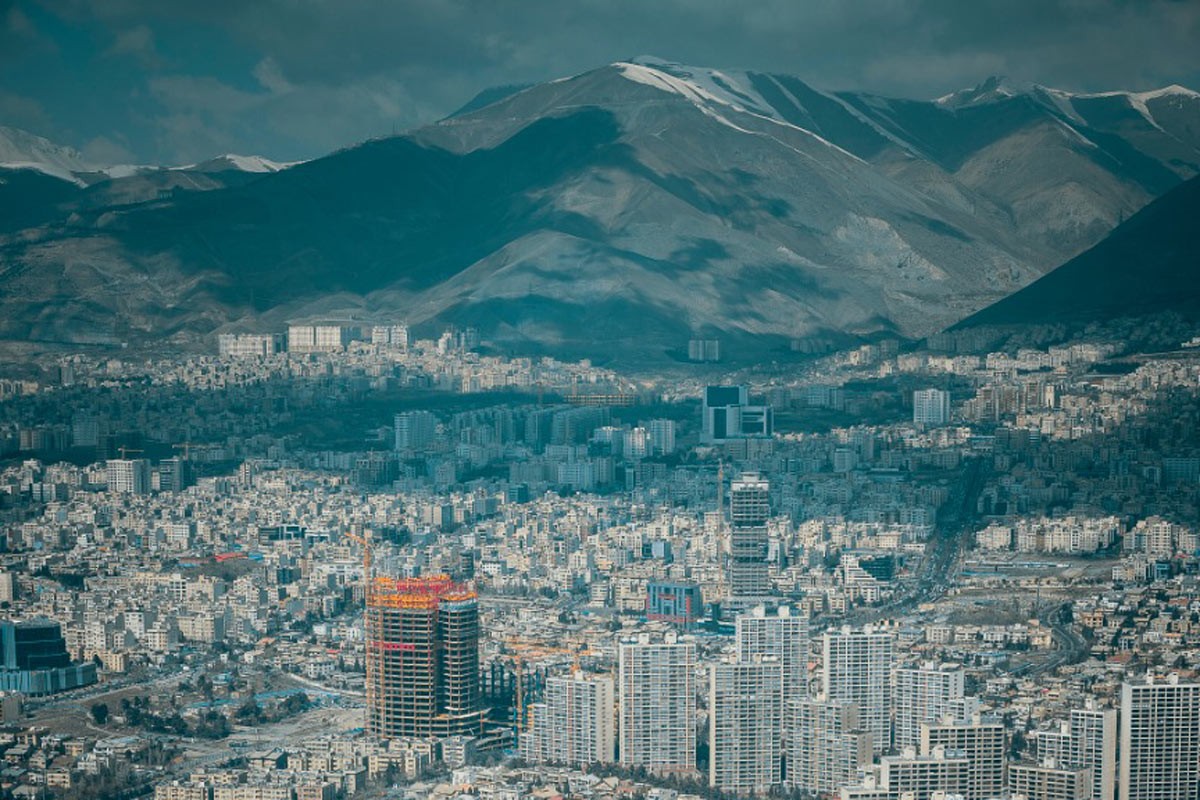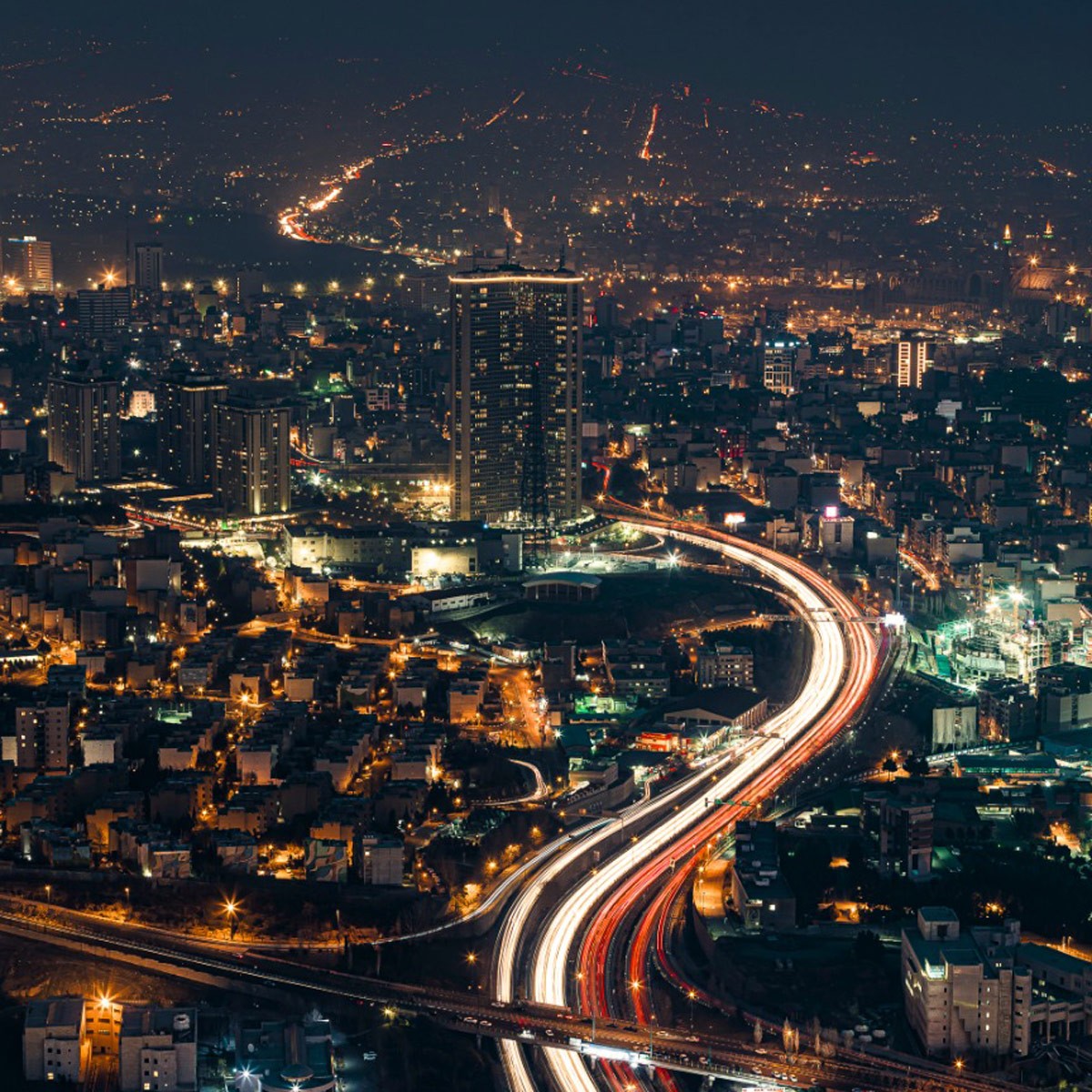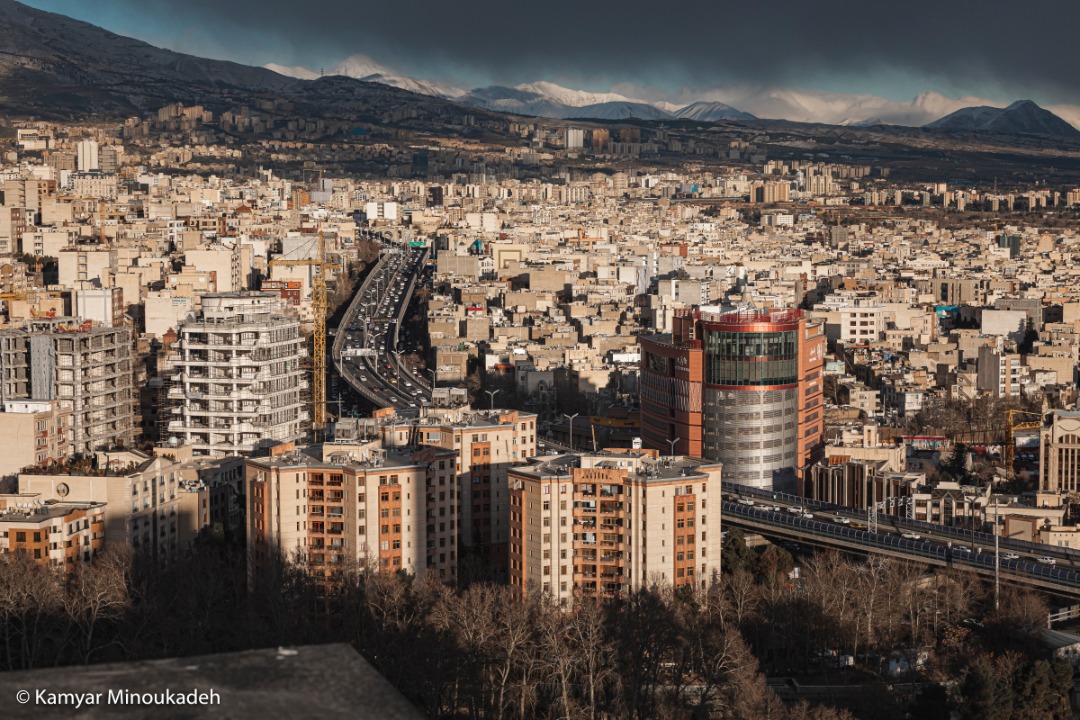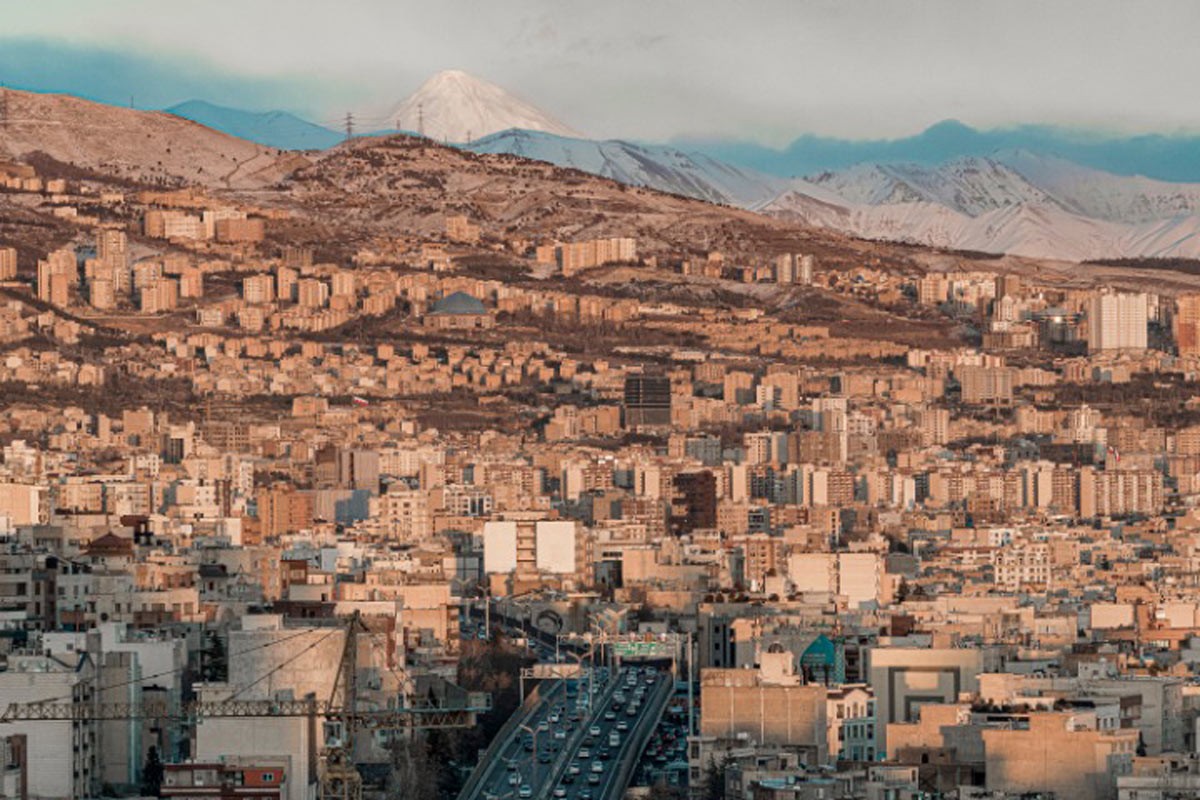Approximately 75% of the population in Iran lives in urban settings. Photo Credits: Kamyar Minoukadeh, UNDP Iran
Blog by Claudio Providas and Mohammad Farjood
__
Urbanisation continues to be one of the defining trends of the 21st century. By 2050, two-thirds (68%) of the global population will be living in cities. However, many cities around the world are grappling with the challenges of growing inequality - and the continued difficulties in shaping sustainable and liveable spaces. The COVID-19 pandemic has also hit cities hard – with over 90% of COVID-19 cases recorded in urban settings, and significant job losses across the formal and informal economies.
Despite these challenges, cities remain drivers of opportunity and prosperity for individuals and countries. Cities are also key actors in ‘building forward better’ from the pandemic. This includes leading local, national, and global innovation; driving progress toward a ‘new normal’, and leveraging the benefits of urban settings for public health and other outcomes. These positive aspects are the foundations for building more inclusive, liveable, and sustainable urban spaces – or, smart cities.
Smart cities need to be people-centred
Approximately 75% of the population in Iran lives in urban settings. Iran is amongst the top 10 countries contributing to emissions affecting Climate Change. The Global Goals set out the actions needed to save and improve lives and livelihoods around the world. Every single one of the goals is relevant to the urban context. This central role for cities in sustainable development explains why smart cities must be people-centred: a perspective being explored by Tehran – the capital of Iran. Home to more than 10 million people, the city has a crucial role in Iran’s development.
Photo Credits: Kamyar Minoukadeh, UNDP Iran
The Smart Tehran Program (STP) has a vision of building a liveable and inclusive city, with a dynamic economy and integrated infrastructure. Tehran is combining longer-term and more experimental initiatives to identify what has the greatest impact on citizens’ quality of life. The STP comprises five initiatives: Smart Citizen and Digital Services, the InnoTehran Urban Innovation Programme, Smart Mobility; Smart Environment, Energy and Safety, and Municipality Digital Transformation.
Founding such initiatives on citizen-needs is crucial – demonstrating that truly smart cities recognise that their greatest asset is their population. This is the basis of collective intelligence. By opening up innovation and engagement processes, we can build better products and services. A feedback loop is also important, to respond to the needs and priorities of citizens. For example, the MyTehran integrated digital service platform allows the city to shape digital public services through citizen feedback and engagement.
Smart cities need to leverage innovation – wherever it can be found
One of the benefits of collective intelligence is the opportunity to broaden thinking. This also needs to extend to how we define smart cities – which have become synonoymous with the latest technologies such as 5G, Internet-of-Things, Artifical Intelligence, and Blockchain. However, in shaping urban environments that work for everyone – truly smart cities – we need to look beyond ‘just’ technology.
This new perspective is crucial if cities are to tackle their biggest challenges – from ensuring resilience, to tackling epidemics. In addition to technology, we must also explore nature-based solutions, behaviour change, and leverage local and indigenous knowledge.This final aspect has particular resonance in Iran. Cities across the country have for centuries been using windcatchers to provide passive cooling in buildings – a different approach to using sensors, air-conditioning, or Big Data modeling.
Photo Credits: Kamyar Minoukadeh, UNDP Iran
However, in order to identify and implement such innovative and varied approaches we must support and catalyse the broadest thinking possible. This includes shaping collaborations with innovators. For example, the InnoTehran initiative has set out the – more than 400 – technical and operational needs of the city, and matches startups with the city and other partners. This ensures that the public, private, and civil society sectors are able to work effectively together.
Smart cities are central to improving the social and planetary balance
As highlighted in the latest Human Development Report, the world has entered the age of the ‘Anthropocene’ – with human activity becoming the dominant force shaping our planet. Cities are a major driver of this change and amongst its greatest casualties. Cities produce more than 60% of emissions, yet the majority of urban settlements are on the world’s coasts.
Smart cities are about finding the right tools and approaches to reduce the planetary impacts of urbanisation – and to leverage the potential that bringing people together can offer. In Tehran, this has included exploring green initiatives to drive local public services and using digitalisation to improve the city’s waste, environment, and energy management. Water and energy consumption monitoring systems, and smart lighting initiatives, will launch soon.
Cities can play a key role in restoring the social and planetary balance – through redefining norms and values, implementing incentives and regulation, and exploring nature-based solutions. Cities are spaces of imagination and ideation. But, the growth and development of cities must also not lead to negative environment – or broader – consequences.
Photo Credits: Kamyar Minoukadeh, UNDP Iran
Conclusion
There does not currently exist any truly ‘smart’ city, anywhere in the world. Each city is exploring different definitions of ‘smartness’ – and navigating a truly enormous range of urban challenges.
But, the challenges being encountered by cities are often shared ones – whilst solutions can often be identified and amplified by partnership. We need to be working together. The UNDP City2City network, and forums like the Smart Tehran Congress, are important resources in shaping this global thinking.
Cities are the drivers of development. However, to achieve this potential, we need more ‘smart’ cities and fewer ‘smart cities’. High-tech is important – and having a real impact. But, a truly smart city is one that uses technology and innovation to shape more inclusive, liveable, and sustainable urban environments. These cities will be the ones able to meet the needs, expectations, realities, and aspirations of their citizens and residents.

 Locations
Locations


